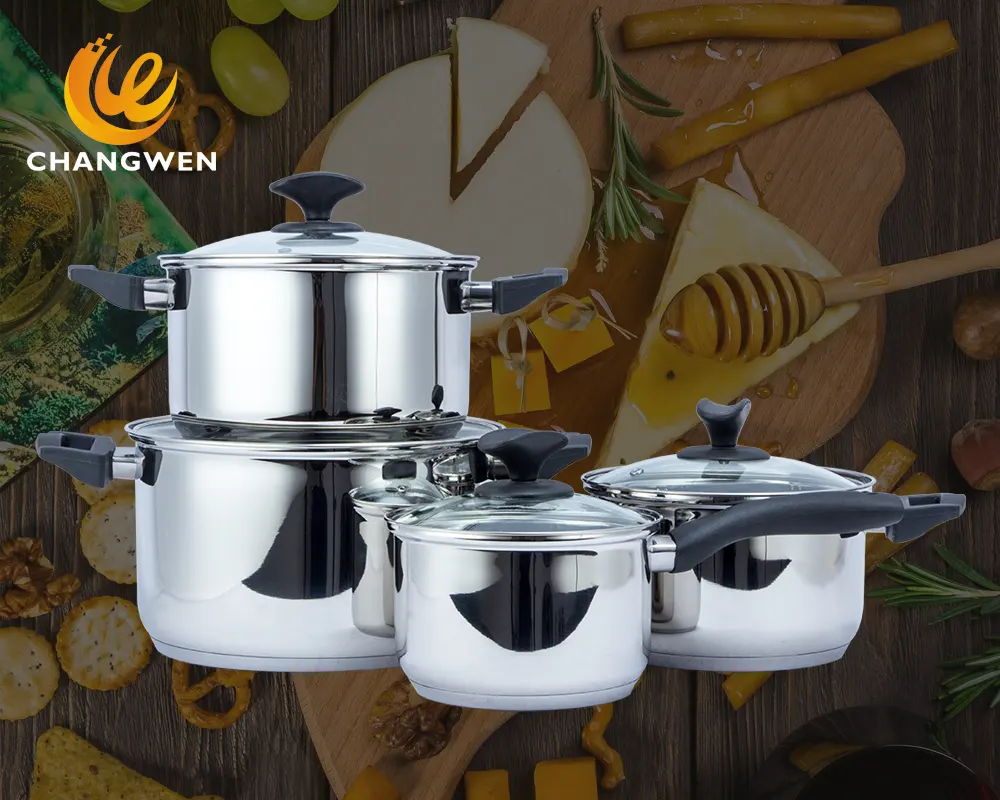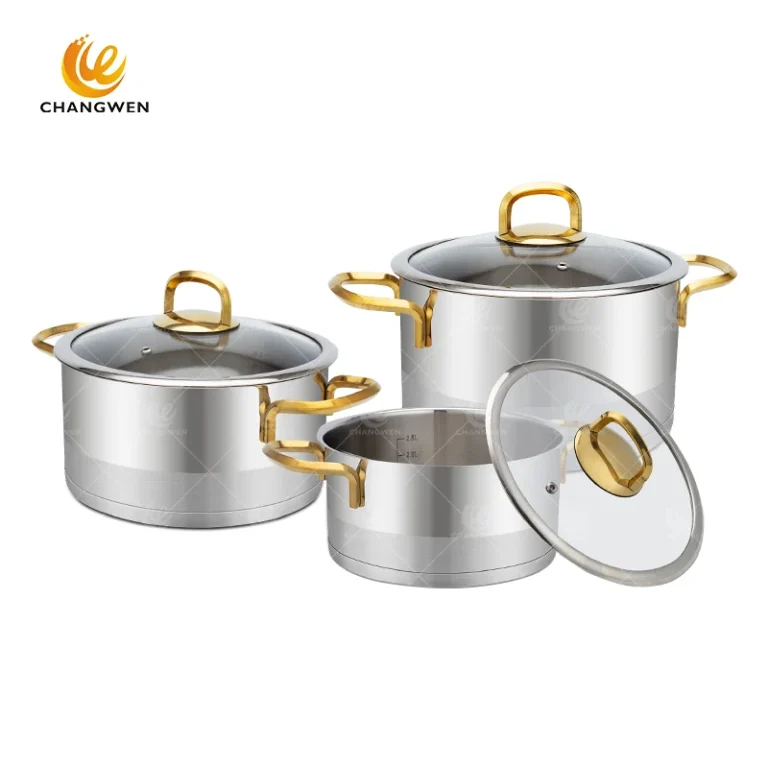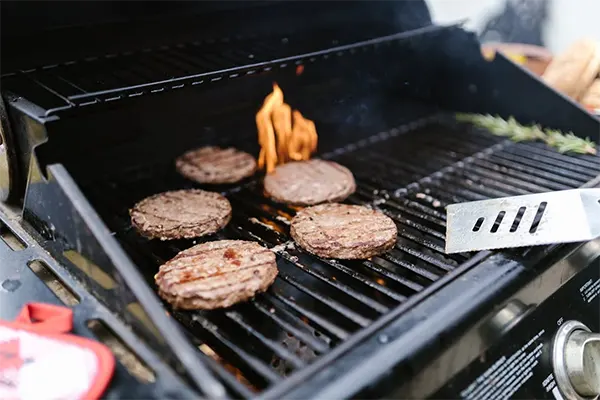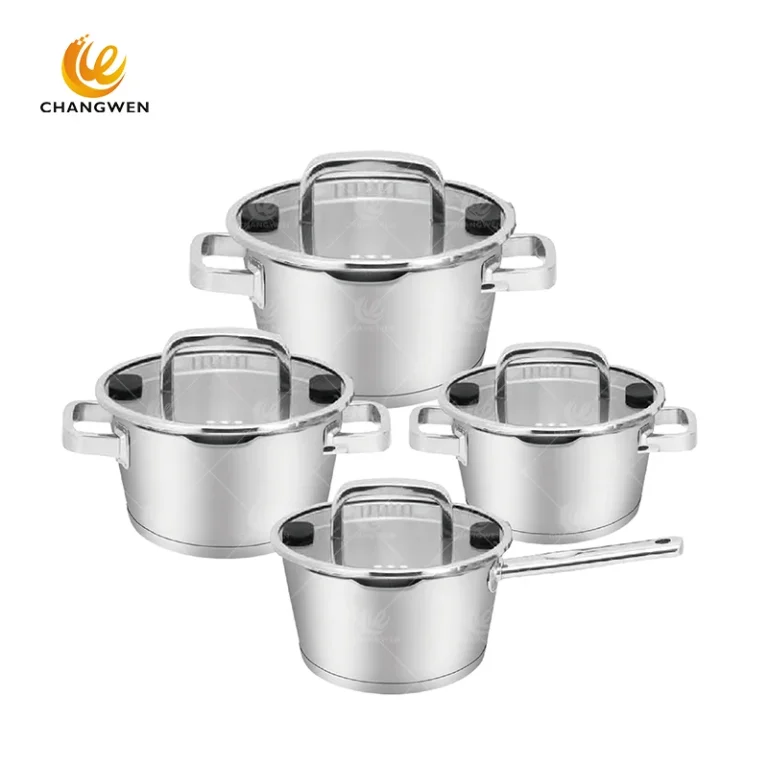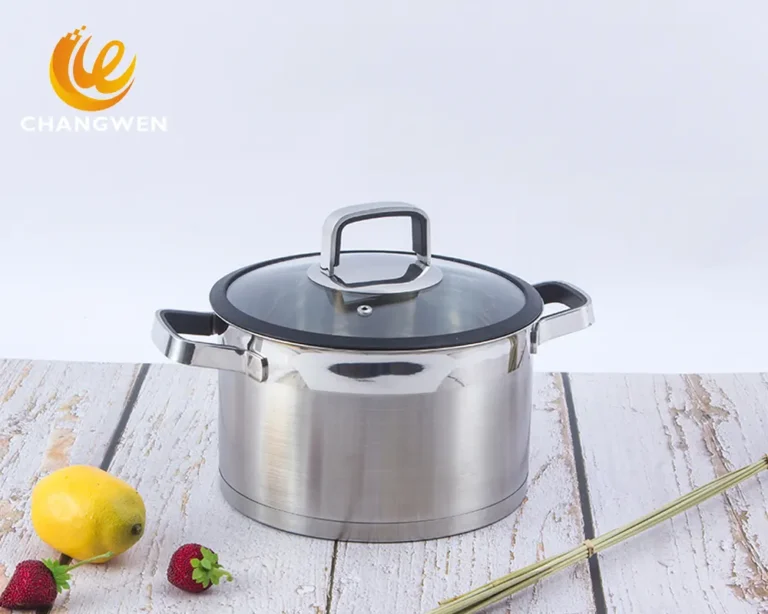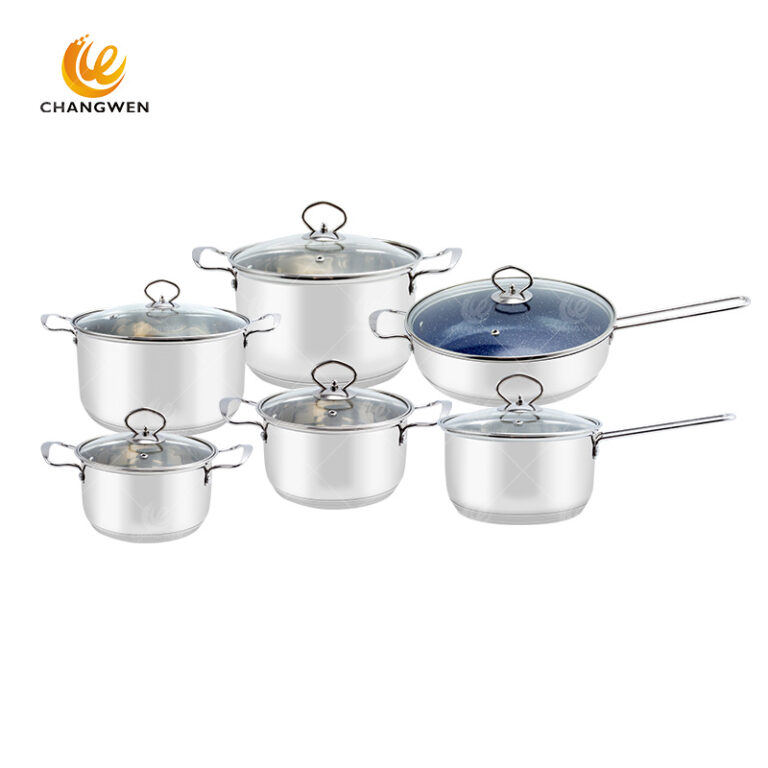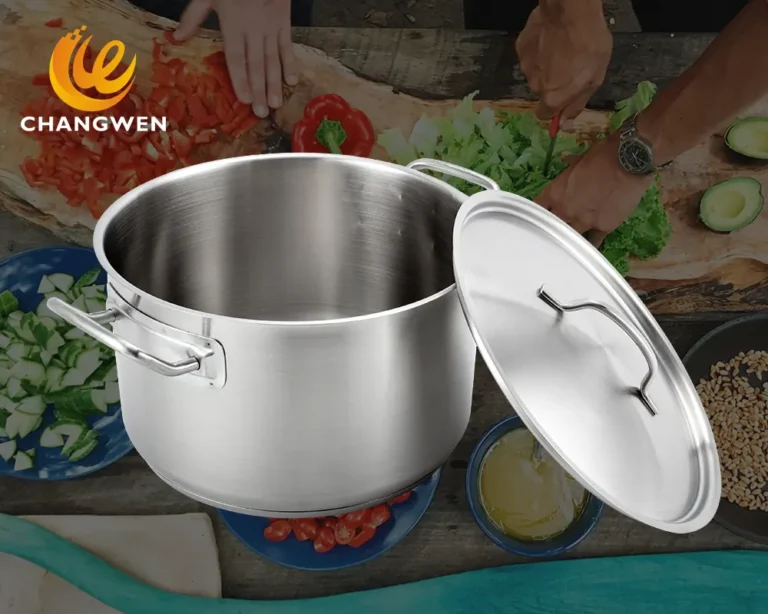The Comprehensive Guide to Cookware Manufacturing Processes
Creating high-quality cookware is a specialized process involving advanced techniques, precise engineering, and stringent quality control. As a cookware manufacturer, understanding the manufacturing process from raw material selection to finished product is crucial for ensuring durability, safety, and functionality. In this article, we’ll explore the detailed steps involved in the cookware manufacturing process.
1. Raw Material Selection
The journey of creating exceptional cookware begins with the selection of high-quality raw materials. Depending on the type of cookware, the materials used can include:
Stainless Steel: Known for its durability and resistance to rust, stainless steel is a popular choice for high-end cookware.
Aluminum: Valued for its excellent heat conductivity, aluminum is often used in the core of cookware for even heat distribution.
Copper: Renowned for its superior heat conduction properties, copper is often used in premium cookware, typically with a stainless steel or tin lining.
Cast Iron: Favored for its heat retention, cast iron is ideal for heavy-duty cookware that can retain heat and cook food evenly.
Changwen uses high-quality stainless steel materials, such as 304 stainless steel, to ensure the durability and health safety of the cookware.
2. Forming and Shaping
Once the raw materials are selected, the next step is forming and shaping the cookware:
Deep Drawing: Involves stretching the metal sheet into the desired cookware shape using a press. This method is commonly used for making pots and pans.
Spinning: This process involves rotating the metal while shaping it with a tool to create round cookware items like bowls and woks.
Casting: Used for making cast iron cookware, molten metal is poured into molds and allowed to cool and solidify into the desired shape.
3. Heat Treating
Heat treating is a critical step to enhance the mechanical properties of the cookware:
Annealing: This process involves heating the metal to a specific temperature and then slowly cooling it to remove internal stresses, making the metal more workable.
Hardening: Involves heating the metal to a high temperature and then rapidly cooling it to increase its hardness and strength.
4. Surface Treatment
To enhance the cookware’s performance and appearance, various surface treatments are applied:
Polishing: For stainless steel cookware, polishing improves the aesthetic appeal and makes cleaning easier.
Anodizing: Used with aluminum cookware, anodizing increases corrosion resistance and allows the application of color.
Non-Stick Coating: Cookware can be coated with non-stick materials like Teflon or ceramic to prevent food from sticking and make cleaning easier.
5. Assembly
If the cookware consists of multiple parts, like a pot with a handle, the assembly process is vital:
Riveting: Handles are often attached with rivets that are hammered or pressed into place.
Welding: Some cookware handles are welded to the body, providing a smooth finish and strong joint.
Screwing: Handles can also be attached with screws, allowing for easy replacement if needed.
6. Quality Control
Quality control is paramount in ensuring the cookware meets safety and performance standards:
Inspection: Each piece is meticulously inspected for defects, such as cracks, warping, or coating flaws.
Testing: Cookware undergoes various tests, including heat conductivity, non-stick performance, and corrosion resistance tests, to ensure it meets industry standards.
7. Packaging and Distribution
The final step is packaging and distribution:
Packaging: Cookware is carefully packaged to protect it from damage during shipping. Packaging often includes instructions, warranty information, and branding elements.
Distribution: Finally, the cookware is distributed to retailers or directly to consumers.
Conclusion
The cookware manufacturing process is a complex sequence of meticulously coordinated steps, each crucial to the final product’s quality and performance. As a manufacturer, understanding each stage from material selection to distribution ensures you can produce superior cookware that meets consumer expectations and stands the test of time. Whether you’re a seasoned pro or new to the industry, keeping these processes top of mind will help your products shine in the competitive market.


